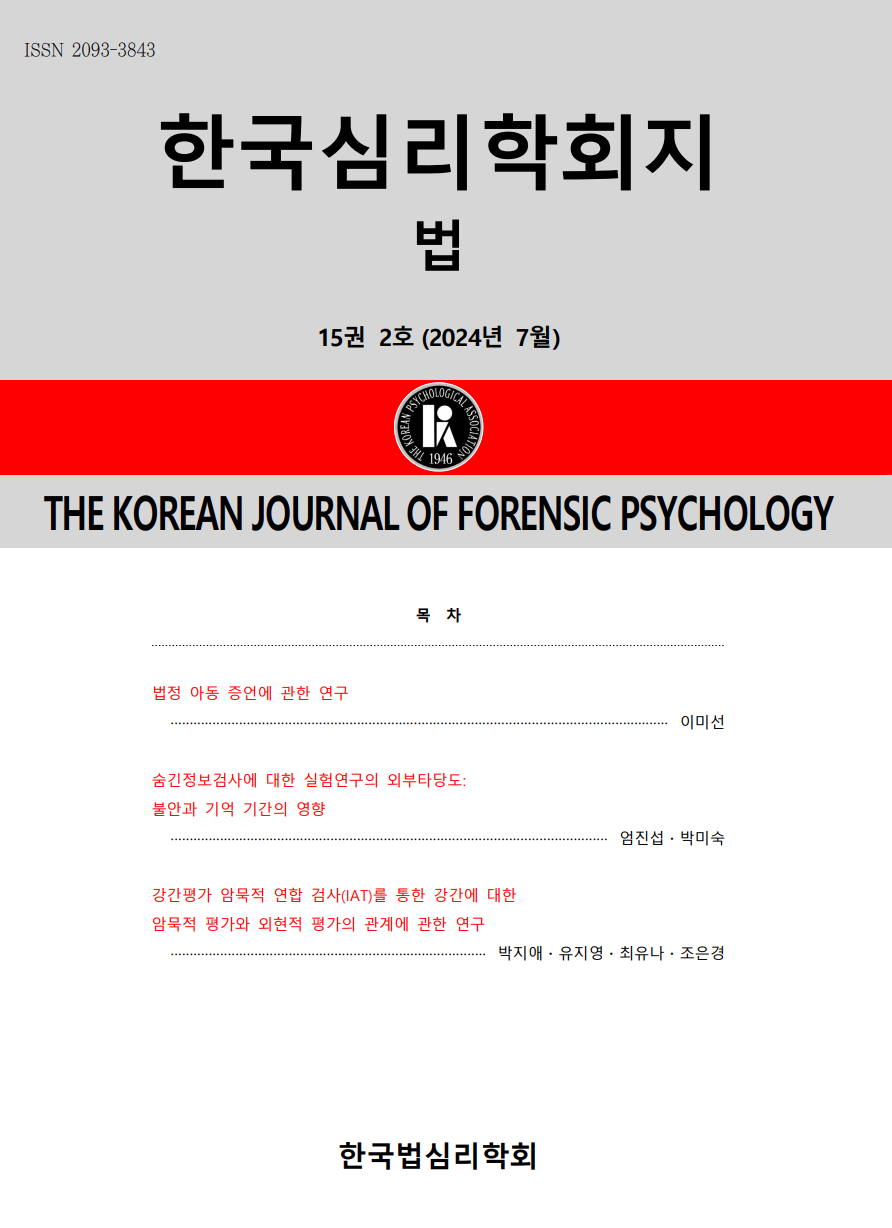 ISSN : 2093-3843
ISSN : 2093-3843
This study examined the differences in facial emotion processing related to psychopathic traits. On the basis of the Psychopathic Personality Inventory-Revised (Lee & Park, 2008), students were divided into psychopathic trait (n=15) and control (n=15) groups. Participants performed two tasks consisted of negative(angry, fear, sad) and neutral faces. Event-related potentials(EPRs) were recorded when participants categorized gender in the implicit task and emotion in the explicit task. We analyzed the late positive potentials(LPP) amplitude to investigate differences in emotion processing between psychopathic trait group and control group. In the implicit task, there was no significant difference in both groups. However, there was a significant interaction between emotion and group at the frontocentral region in the explicit task. The psychopathic trait group showed greater LPP amplitudes for the neutral faces than for the negative faces, whereas the control group showed similar LPP amplitudes for the neutral and negative faces at the frontocentral site. These results might reflect the abnormalities in emotional processing in individuals with psychopathic traits.